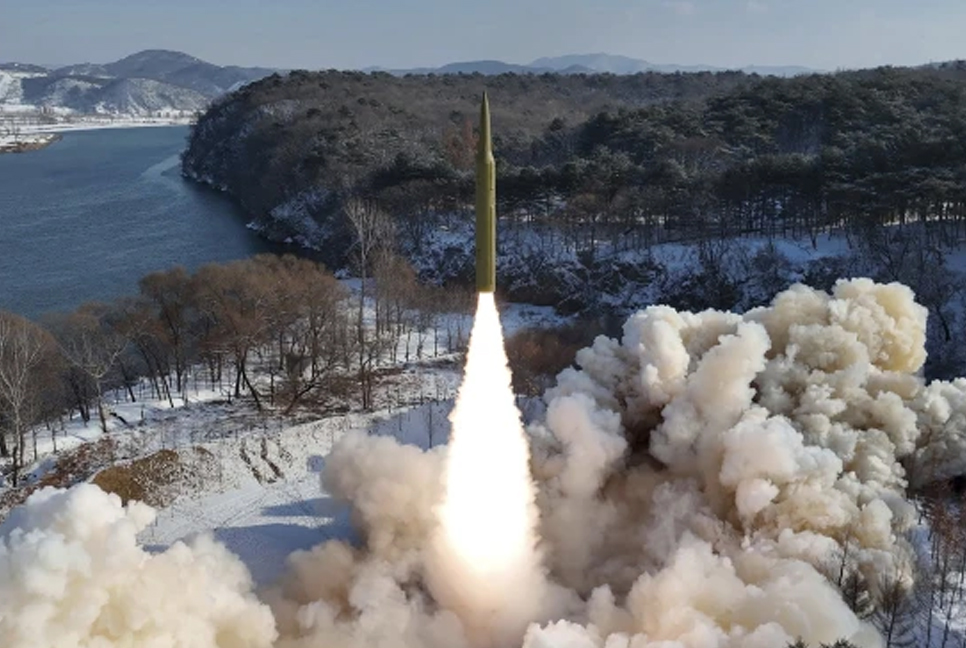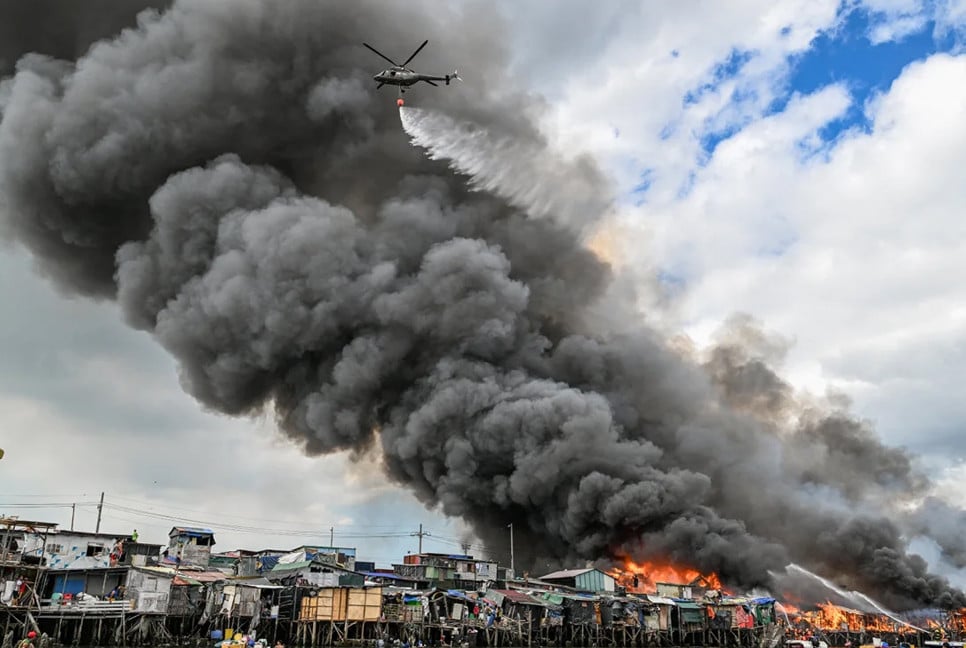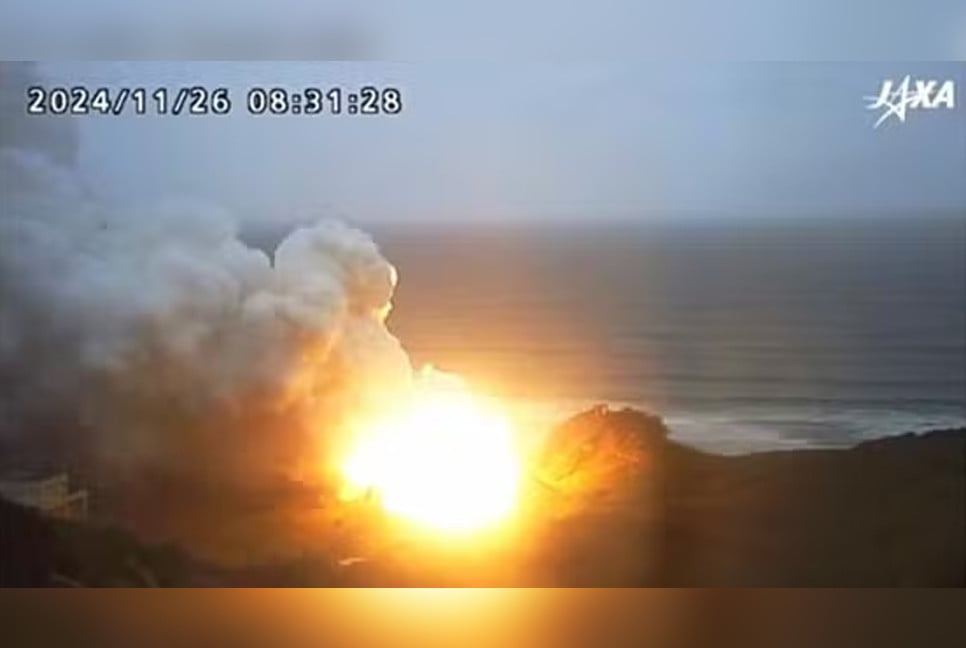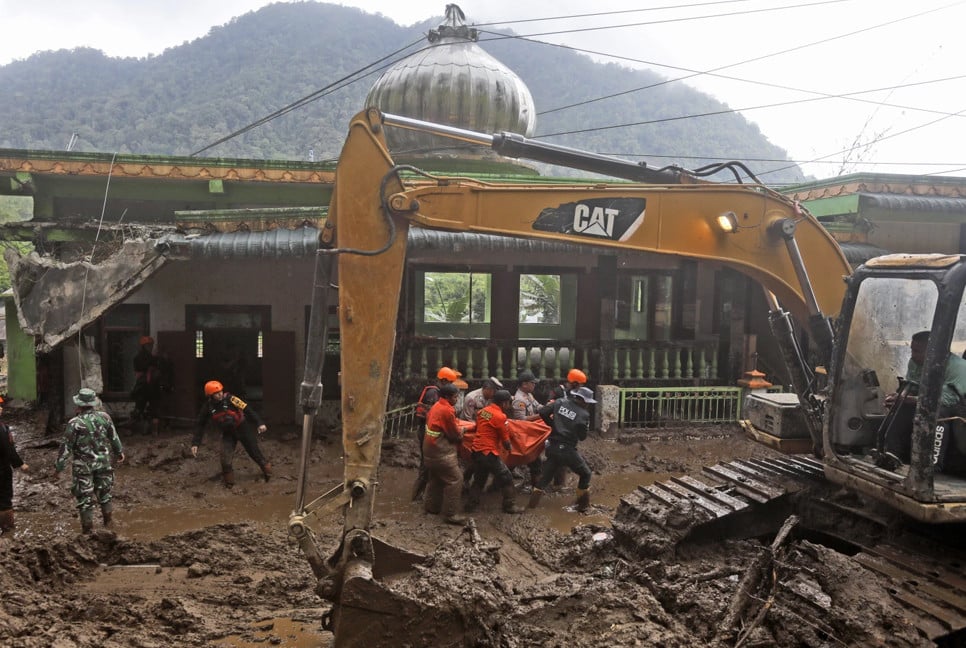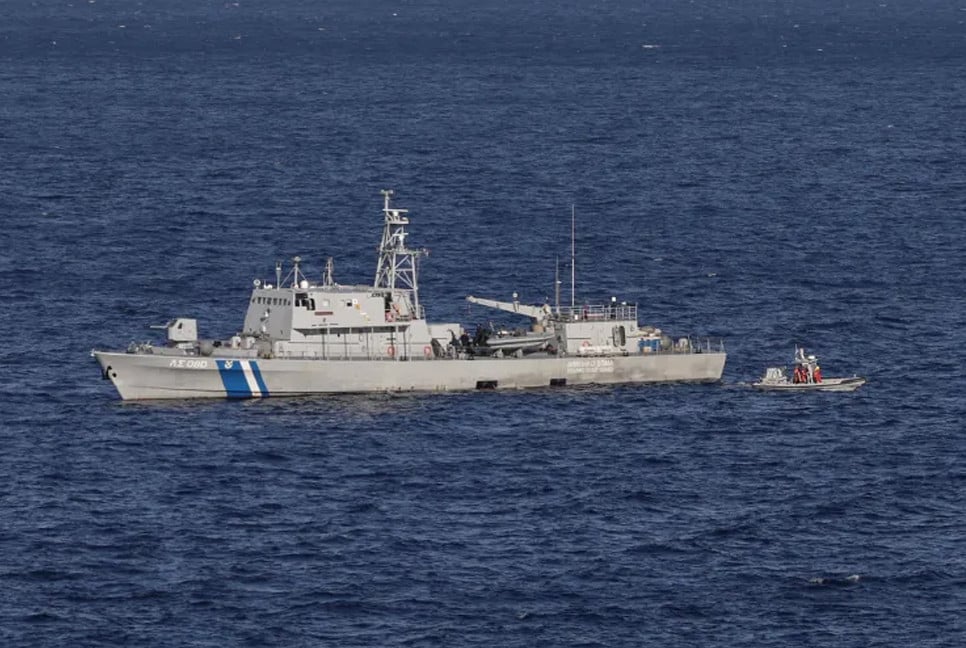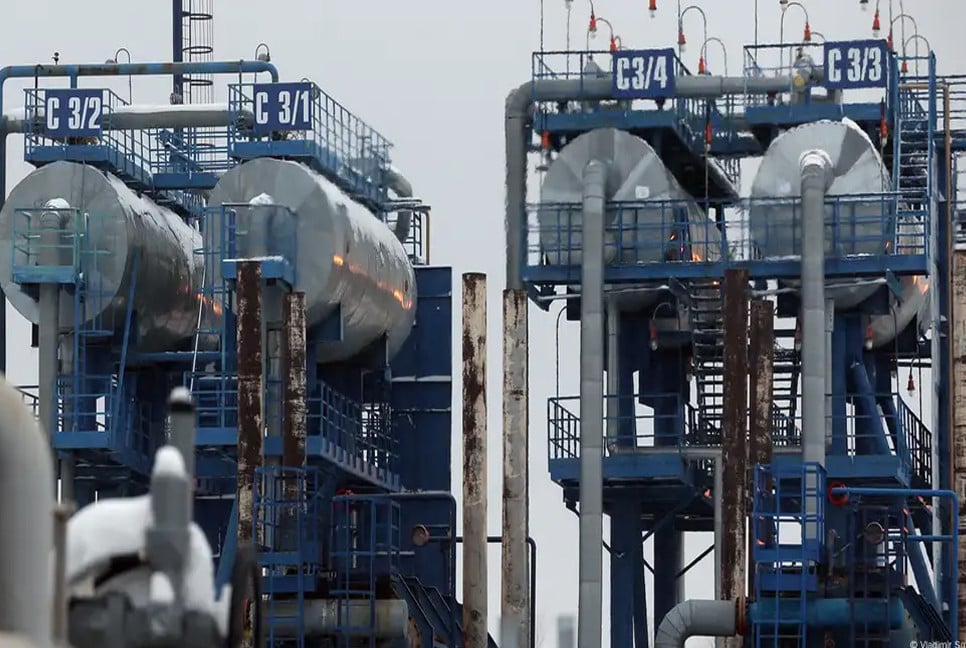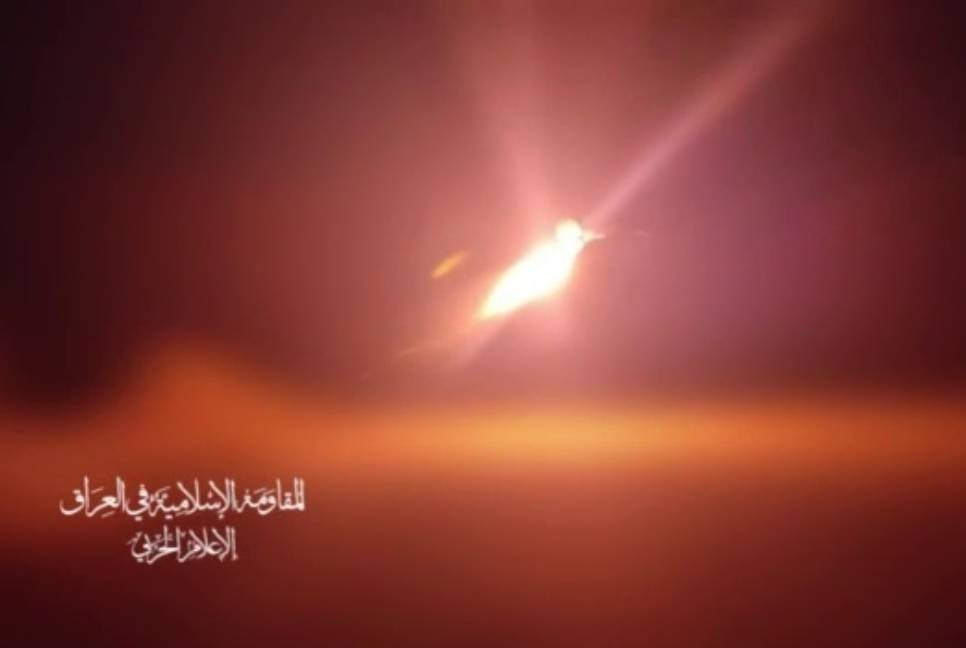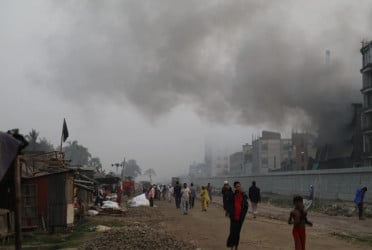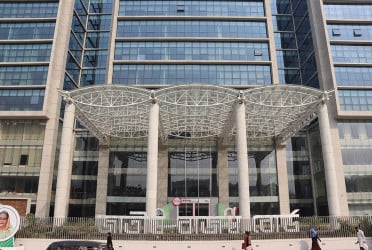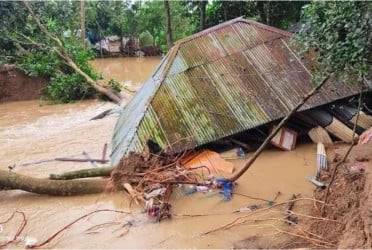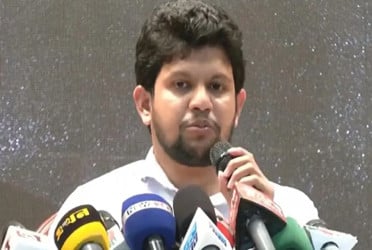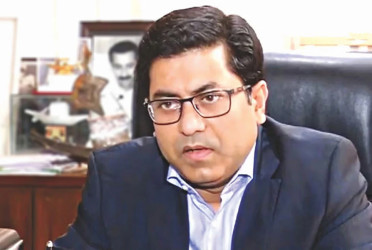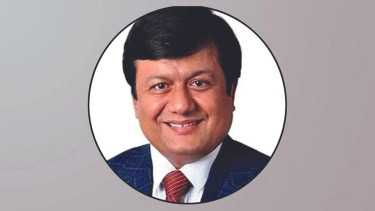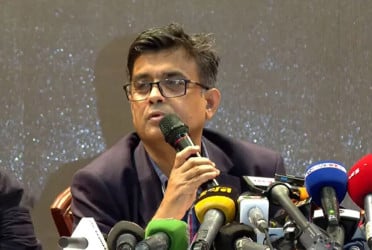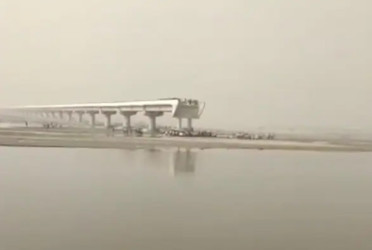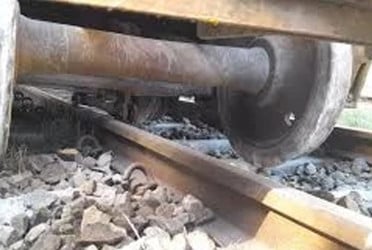North Korea on Monday said it flight-tested a new solid-fuel intermediate-range missile tipped with a hypersonic warhead as it pursues more powerful, harder-to-detect weapons designed to strike remote U.S. targets in the region, reports UNB.
The report by North Korea’s state media came a day after the South Korean and Japanese militaries detected the launch from a site near the North Korean capital of Pyongyang, in the North’s first ballistic test of 2024.
The launch came two months after North Korea said it successfully tested engines for a new solid-fuel intermediate-range missile, which reflected a push to advance its lineup of weapons targeting U.S. military bases in Guam and Japan.
The North’s official Korean Central News Agency said Sunday’s launch was aimed at verifying the reliability of the missile’s solid-fuel engines and the maneuverable flight capabilities of the hypersonic warhead. It described the test as a success.
KCNA did not mention whether North Korean leader Kim Jong Un was present at the test, which it said was part of the country’s regular weapons development activities.
“The test-fire never affected the security of any neighboring country and had nothing to do with the regional situation,” KCNA said.
South Korea’s Joint Chiefs of Staff said the missile flew about 1,000 kilometers (620 miles) before landing in the waters between the Korean Peninsula and Japan. The North’s existing intermediate-range missiles, including the Hwasong-12 that may be able to reach the U.S. Pacific territory of Guam, are powered by liquid-fuel engines, which need to be fueled before launch and cannot stay fueled for long periods of time.
Missiles with built-in solid propellants can be made ready to launch faster and are easier to move and conceal, which theoretically makes it harder for adversaries to detect and preempt the launch in advance.
The North since 2021 has also been testing hypersonic weapons, which are designed to fly at speeds in excess of Mach 5, or five times the speed of sound. If perfected, such systems could potentially pose a challenge to regional missile defense systems because of their speed and maneuverability.
Bd-pratidin English/Tanvir Raihan

